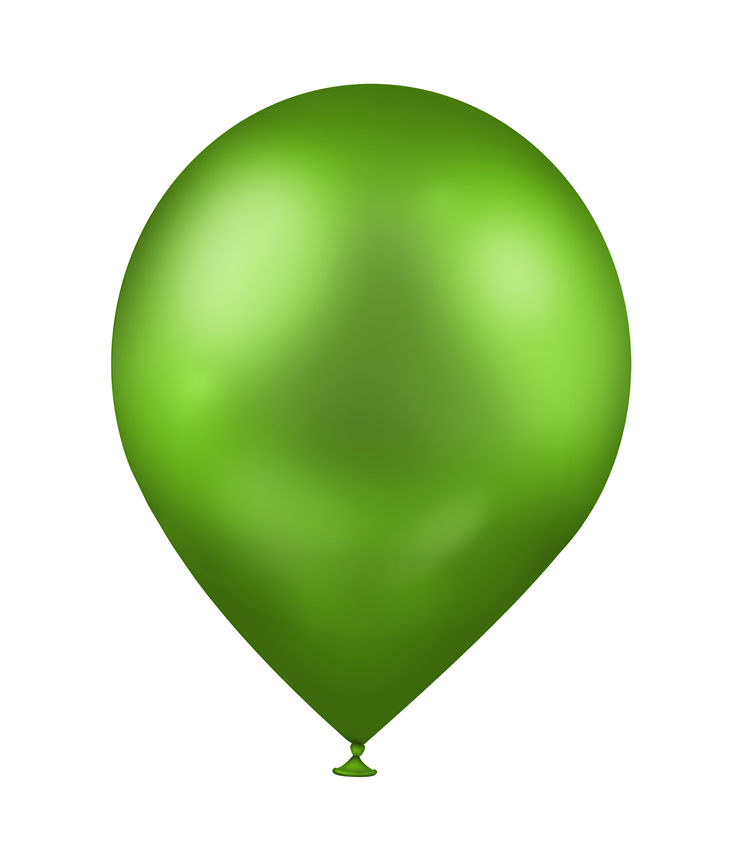History of Facts about Water Balloons
A water balloon (also known as a water bomb) is a latex rubber balloon filled with water used in water balloon fights, during some festivities, and as a practical joke.
Although we have rubber balloons since the first half of 19th century (Michael Faraday invented them in 1824 for his experiments) the first water balloons appeared 1950. That was when Edgar Ellington tried to find a solution for a much serious problem - trench foot. Trench foot is a disease caused by prolonged exposure of the feet to damp, unsanitary, and cold conditions. He tried to make a waterproof sock by covering a normal cotton sock with latex which would make a sock watertight. The first problem that he encountered was that latex made it difficult to put a sock on. Prolonged stress would rip the socks so he decided to try and slowly heat the sock which would make it more elastic. This method allowed for easier putting on but caused another problem. After he had taken off the waterproof sock, Ellington wanted to make sure that it is still waterproof, so he filled it with water, but it started to leak. Disappointed with this, he threw the water-filled sock on the table, and it exploded! Satisfied with this effect, he decided to market a combination of a latex balloon and water to children. At first, he wanted to sell it as a “water grenade”, inspired by the origin of this toy, but he later decided to change the name to “water balloons” to make it less aggressive.
And so it began. Water balloons became popular during summer months as a method of cooling off through water balloon wars. They are very popular in celebrating Holi and Carnivals in India, Nepal, and other countries as well as to celebrate the end of the schools during the last day of the school's year in Italy. Junior High and High school students have water balloon fights on the 9th or the 10th of June.
Water balloons are made to be smaller than standard gas balloons so they can be used (thrown) more easily. They, when filled with water, can have a diameter of 10 to 15cm while if gas balloons are to be filled with water would have the diameter of some 30cm and would be harder to throw because they would break more easily. Water balloons are also made to have thick enough walls to be held without bursting yet thin enough to burst when they hit a surface.
When sold, water balloons are sold in sizes from 4cm to 10cm and with filling nozzles in the packaging that helps to fill of the balloons. Some manufacturers sell water balloon launchers - slingshots that can carry a water balloon and throw it much further than just by hand. Some of these slingshots are held in one hen and stretched with other while other need three persons the operate them (two holds one end of the slingshot each while the third person extends it as far as it can). Some manufacturer say that these slingshots can throw a water balloon 300m.
A variant of a water balloon is a yoyo balloon or Yo-yo Tsuri. It is a water balloon found at matsuri festivals in Japan. They are balloons filled to a diameter of about 75mm with air and roughly 45ml of water which have an elastic string with a finger loop tied at the end. They are often won in a game where they are fished out from a tub of water where they float. Elastic string with a finger loop makes them behave as a yoyo, hence the name.
